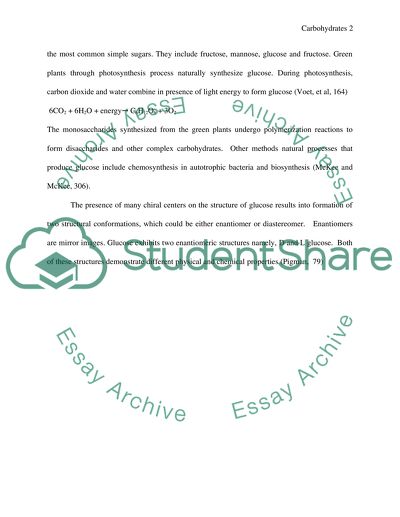Cite this document
(“Carbohydrates Term Paper Example | Topics and Well Written Essays - 1500 words”, n.d.)
Carbohydrates Term Paper Example | Topics and Well Written Essays - 1500 words. Retrieved from https://studentshare.org/chemistry/1439822-carbohydrates
Carbohydrates Term Paper Example | Topics and Well Written Essays - 1500 words. Retrieved from https://studentshare.org/chemistry/1439822-carbohydrates
(Carbohydrates Term Paper Example | Topics and Well Written Essays - 1500 Words)
Carbohydrates Term Paper Example | Topics and Well Written Essays - 1500 Words. https://studentshare.org/chemistry/1439822-carbohydrates.
Carbohydrates Term Paper Example | Topics and Well Written Essays - 1500 Words. https://studentshare.org/chemistry/1439822-carbohydrates.
“Carbohydrates Term Paper Example | Topics and Well Written Essays - 1500 Words”, n.d. https://studentshare.org/chemistry/1439822-carbohydrates.


